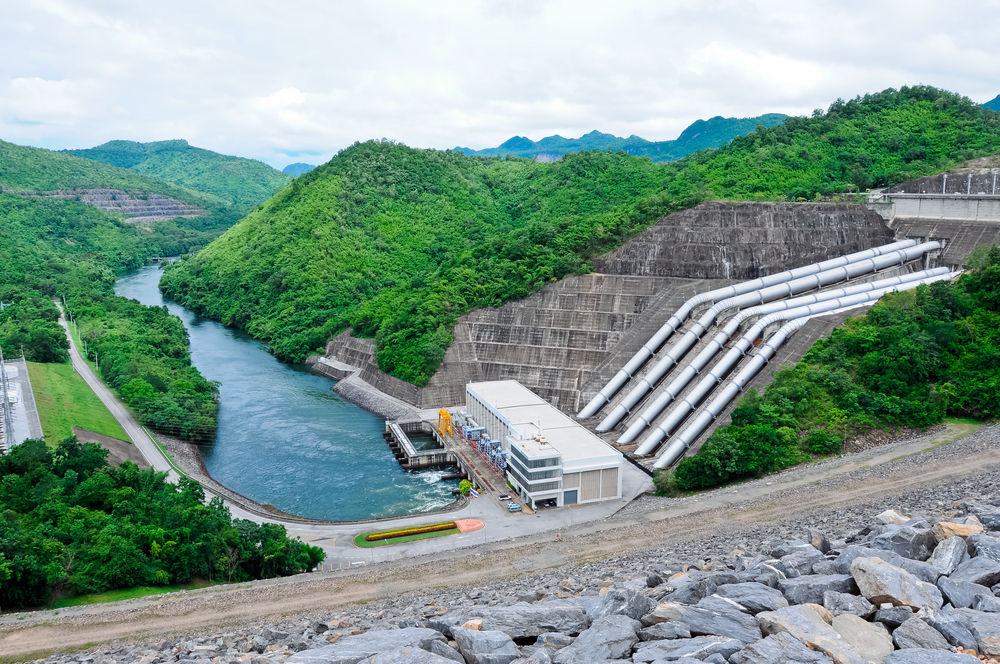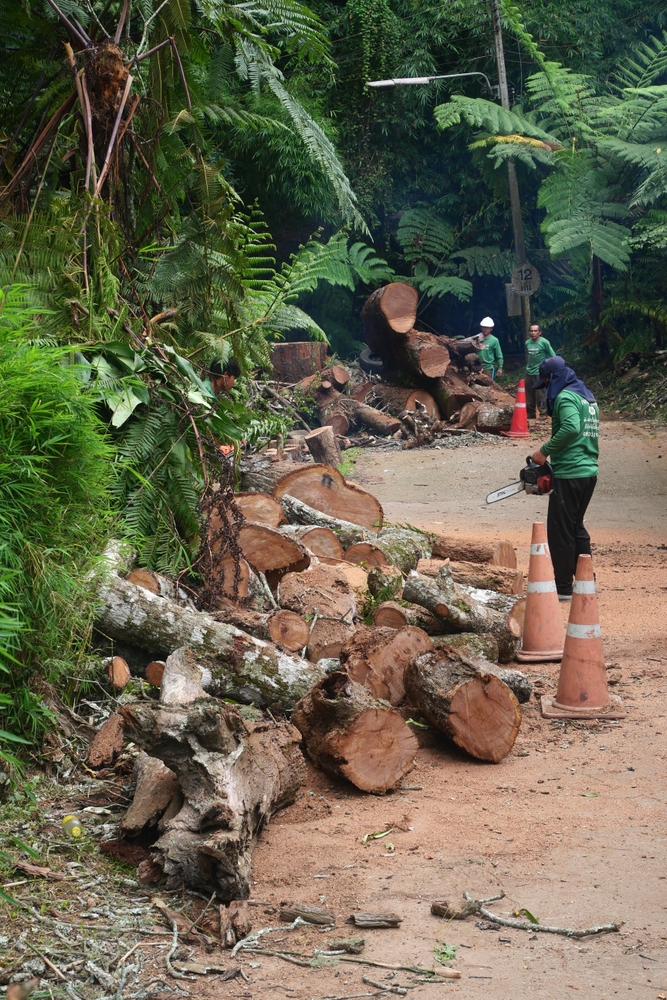Environment: Environmental Overview
Thailand is a beautiful country in Southeast Asia, bordered by Cambodia, Laos, Myanmar, and Malaysia. The country has a diverse topography, ranging from mountains to plains and from forests to deserts. Thailand is home to numerous rivers, lakes, and coastlines, as well as a variety of wildlife and flora. Unfortunately, Thailand is also faced with numerous environmental challenges, including deforestation, pollution, and habitat destruction. In this environmental overview, we will explore the state of Thailand's rivers, lakes, coastlines, reefs, mountains, deserts, and air quality, as well as the impact of human habitation and development on these vital ecosystems.
Rivers
Thailand is home to several major rivers, including the Chao Phraya, Mae Klong, and Mekong, which provide a vital source of water for the country's agricultural sector. Unfortunately, these rivers are under threat from pollution, deforestation, and development. The Chao Phraya River, which flows through Bangkok, is heavily polluted, with untreated sewage and industrial waste contributing to the degradation of the water quality. The Mae Klong River, which runs through central Thailand, is similarly affected, with pollution from agriculture and industry posing a significant threat to the health of the river. The Mekong River, which forms part of Thailand's eastern border, is also facing challenges, including dam construction, deforestation, and illegal fishing, which are having a significant impact on fish populations and the overall health of the river.
Lakes
Thailand has several important lakes, including the Khao Laem Reservoir, the largest artificial lake in the country, and the Songkhla Lake, the largest natural lake in Thailand. Unfortunately, these lakes are under threat from pollution and habitat destruction. Khao Laem Reservoir, which was created by damming the Khwae Yai River, has been affected by soil erosion, sedimentation, and deforestation, which have led to a decline in fish populations and water quality. Songkhla Lake, which is located in southern Thailand, is similarly affected, with pollution from agriculture and industry contributing to the degradation of the water quality.
Coastlines
Thailand has a long coastline, stretching 3,219 kilometers (2,000 miles), which is home to several important ecosystems, including mangroves, coral reefs, and seagrass beds. Unfortunately, these ecosystems are under threat from pollution, overfishing, and coastal development. The Andaman Sea, which is located on Thailand's western coast, is home to several important coral reefs, including the Similan Islands and the Surin Islands. These reefs have been impacted by coral bleaching, overfishing, and tourism, which have led to a decline in biodiversity and habitat quality. The Gulf of Thailand, which is located on Thailand's eastern coast, is similarly affected, with pollution from agriculture and industry contributing to the degradation of the water quality and habitat destruction.
Reefs
Thailand's coral reefs are home to a diverse range of marine life, including more than 400 species of coral and 2,500 species of fish. Unfortunately, these reefs are under threat from a range of factors, including climate change, overfishing, and pollution. The Similan Islands, which are located in the Andaman Sea, have been impacted by coral bleaching, which is caused by rising sea temperatures and pollution. Surin Islands, which are also located in the Andaman Sea, have been affected by overfishing and illegal fishing, which have led to a decline in fish populations and biodiversity.
Mountains
Thailand has several important mountain ranges, including Khao Yai and Doi Inthanon national parks. These mountains are home to a diverse range of flora and fauna, including elephants, tigers, and numerous bird species. Unfortunately, these ecosystems are under threat from deforestation and human habitation. Khao Yai National Park, which is located in central Thailand, has experienced significant deforestation in recent years, which has led to habitat destruction and a decline in wildlife populations. Doi Inthanon National Park, which is located in northern Thailand, has similarly been affected by deforestation and human habitation, which have led to a decline in biodiversity.
Deserts
Thailand does not have any significant deserts, but the country does have areas of dry forest and grassland. These ecosystems are under threat from deforestation, overgrazing, and climate change. The Isaan region in northeastern Thailand is home to several important grasslands, including Phu Kradueng National Park. These grasslands are under threat from overgrazing, which has led to soil erosion and habitat destruction.
Air Quality
Thailand's air quality is under threat from pollution, particularly in urban areas. The country's capital, Bangkok, is one of the most polluted cities in the world, with high levels of particulate matter and nitrogen dioxide. This pollution is caused by a range of factors, including vehicle emissions, industrial activity, and open burning. The pollution has significant health impacts on the population, including respiratory problems and an increased risk of heart disease.
Conclusion
Thailand's diverse ecosystems are under threat from a range of factors, including pollution, deforestation, and habitat destruction. The country's rivers, lakes, coastlines, reefs, mountains, and grasslands are home to a wide range of flora and fauna, including several endangered species. To protect these ecosystems, the Thai government must take action to address these environmental challenges, including implementing sustainable development practices, enforcing environmental regulations, and promoting conservation efforts.
Copyright © 1993—2025 World Trade Press. All rights reserved.

 Thailand
Thailand 
